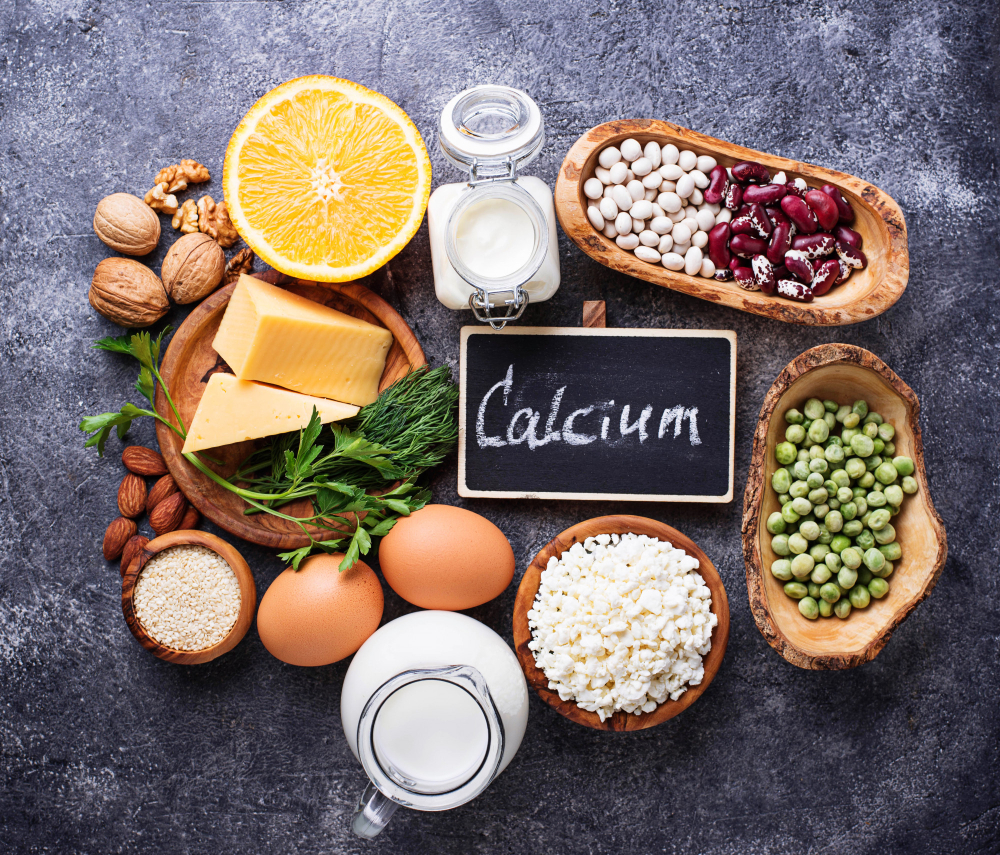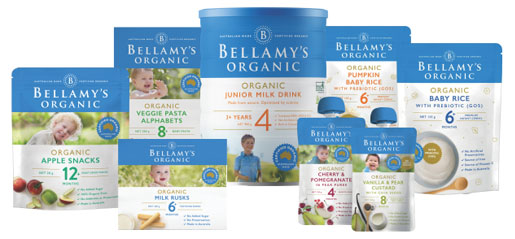What is Whole Milk?
1. What is whole milk?
1.1 Common types of milk on market
There are usually 4 common types of milk on market: fluid, reconstituted and condensed milk.
According to the National Technical Regulation for Fluid Milk Products QCVN 5:1-2017/BYT by Ministry of Health (Vietnam) (read more at: link), there are 4 types of fluid milk products:
- Fresh whole milk (pasteurized/sterilized)
- Fresh skimmed whole milk (pasteurized/sterilized)
- Fresh milk (pasteurized/sterilized)
- Fresh skimmed milk (pasteurized/sterilized)
There are many ways of categorizing besides this one from the Ministry of Health (Vietnam), Yet, the main difference based on which different types of milk are categorized is by the total fat inside the milk and how the milk is processed after harvested.

1.2 Whole milk’s characteristics
It’s long been known that whole milk provides the highest amount of nutritions, together with a full creamy flavour lasting to aftertaste, which can be felt throughout all the milk with pleasantly mildly thick texture. Whole milk’s characteristics are closely associated with the amount and nature of fat inside it.
According to the Ministry of Agriculture and Rural Development, after harvested, the whole mile undergoes a process of homogenization in which milk fat is broken to smallest particles and then redistributed throughout the volume of a milk bottle. Homogenization also helps best retain other nutritions in milk from harvesting.
This is the main reason why whole milk will, most of the time, bring a milky, full creamy taste, which can be felt throughout all volume of milk inside a bottle, preventing the fat from focusing and forming a top layer like when it is harvested..
Besides changing the structure of fat, the homogenization process also helps to greatly retain most of the nutrition contained inside milk.
Essentially, the most noticeable feature of whole milk is the high level of total fat, minimum of 3.5% (higher than all other types of milk).
2. Misconceptions about whole milk
It is quite common to hear people stating the misconceptions that whole milk’s high level of fat can potentially lead to detrimental effects on health and thus, whole milk is sometimes not preferred as other types of milk.
In reality, there is no scientific evidence to back that misconception, so far.
On the contrary, besides the much-more-tasty flavour than all other types of milk, whole milk can easily make you feel full, greatly preventing you from resorting to other food high in sugar, calories and especially the unhealthy snacks high in additives.
Recently, JNational Library of Health (US) has conducted a study disproving the relation between fat and cardiovascular diseases. (1)

3. The right mindset about whole milk
To summarize, you can just consider whole milk as a type of milk with tasty, authentically the full creamy flavour. It is also very nutritious, especially with the high level of total fat with various benefits to your health, easily reducing your appetite, helping your body to absorb nutritions (vitamin A, D, E và K) and regenerate hormones.
Read more: “Why Drinking Whole Milk Matters To Your Health?”:
Each of us should consume an appropriate amount of whole milk daily as much as your body allows. Remember, it is proven the fat inside whole milk bears no relation to detrimental effects on your health.
Reference:
- Is Whole Milk Better Than Low-Fat and Skim Milk? – Healthline: https://www.healthline.com/nutrition/whole-vs-skim-milk
- A study from National Library of Health (US) phủ nhận hệ quả trực tiếp của việc ăn chất béo với bệnh tim mạch: (1)
Featured post
-
05 Diet Plans That Are Good For Your Health
31/07/2022
-
Best Times to Sleep for Adults & Children
01/06/2022








